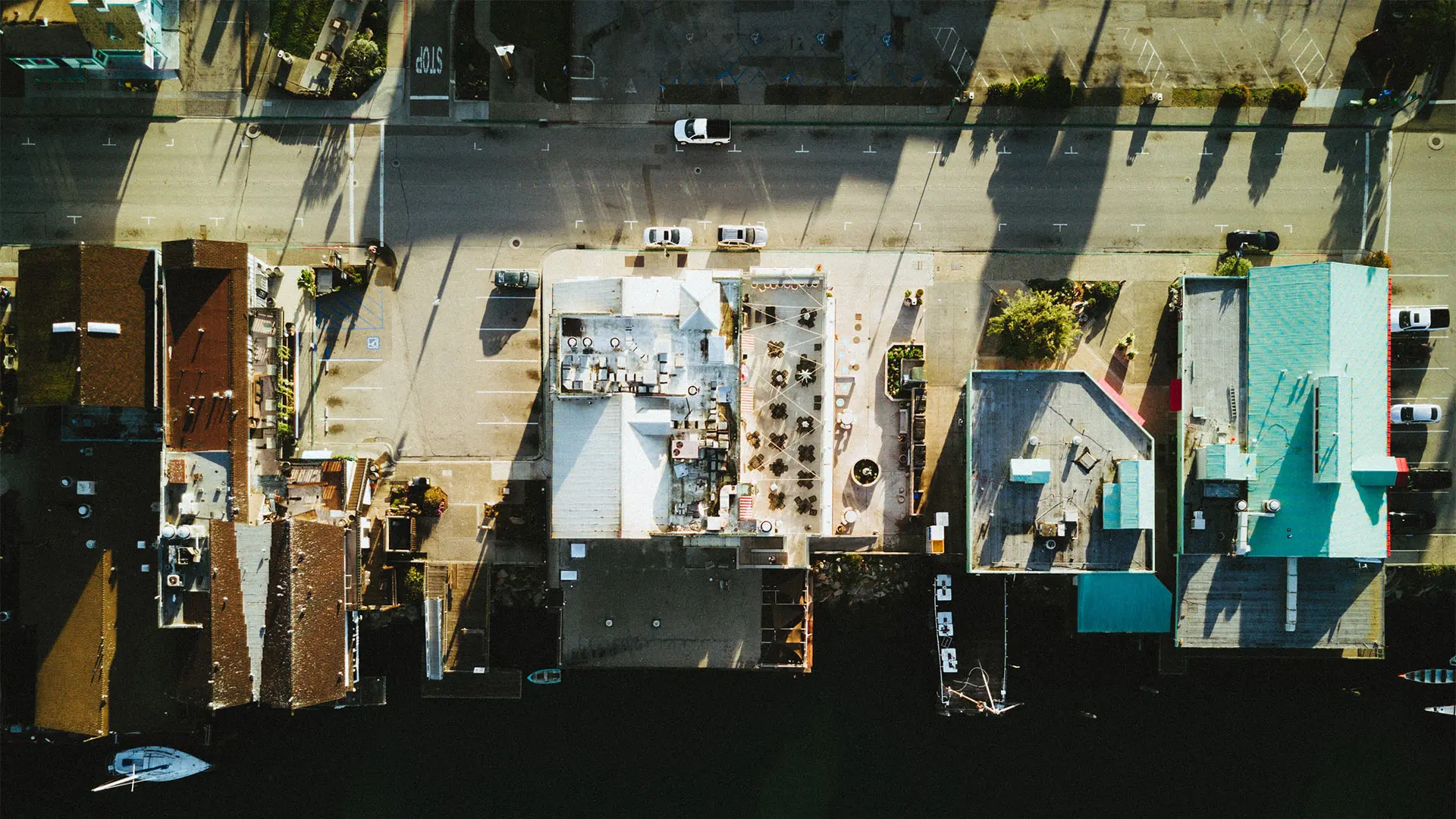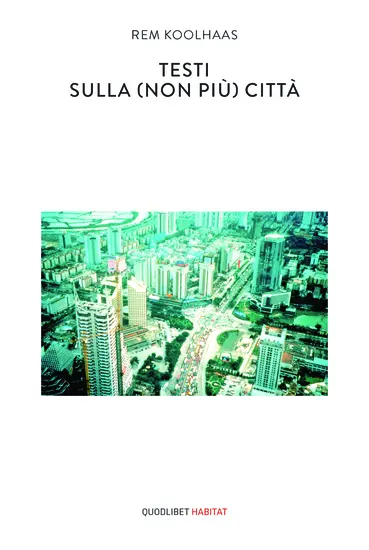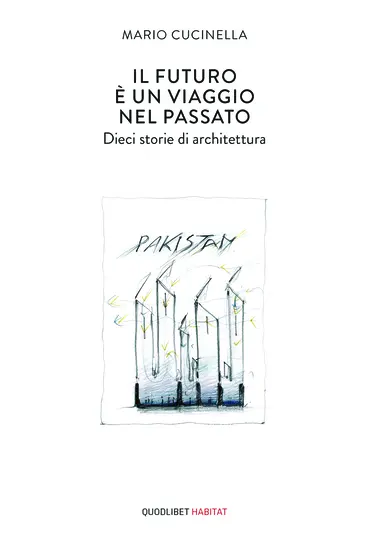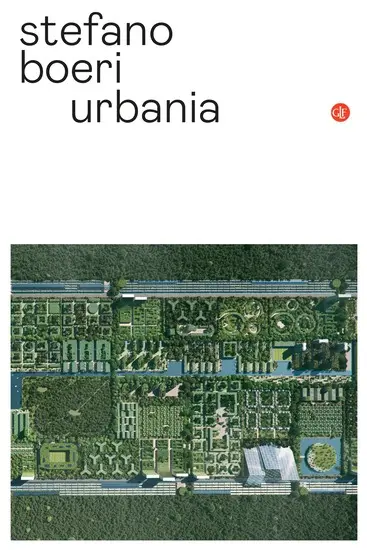In partnership with MiCodmc, a selection of establishments ripe for discovery during the 63rd edition of the Salone del Mobile.Milano, from 8th to 13th April
Four books exploring the ideas of City and Future

Even the most solid disquisition can go astray, suddenly becoming all coy and questioning when the word “future” crops up. In an effort to divine the future of our cities, here are four recent books on cities past and present
There is one issue before which, for relatively easy-to-understand reasons, even the broadest, most solid, unified desire to write the definitive book on the city crumbles into fragmentary thinking: the future. Naturally, somebody has already written the book on the future: Futuro was the title of a Marc Augé tome published a decade ago by Bollati Boringhieri, offering a curiously unified treatment that, when all is said and done, makes it something of an exception.
These four recent books on the city - read here the previous articles - present us with four nuanced interpretations of a similar approach: a sequence of reflections on the present day with the purpose (albeit not necessary a conclusion) of thinking about the city of the future, as seen through the binoculars of the long twentieth century, and from our pensive rooms during the first lockdown.

Testi sulla (non più) città
For the most part not previously published in Italian, this collection of Rem Koolhaas’s writings, edited by Manuel Orazi, was spawned by the OMA founder’s desire to write his own “city book” with the working title of The Contemporary City. That project ended up being shelved but, over the decades, during various periods of research, a series of Walter Benjamin-esque city images came together, prompting opportunities for reflection (denkbilder, thought-images). This collection successfully offers a view of the chronological distance between the architect’s early and more recent thoughts, united by certain similarities in attitude. The book examines the symbolic implications and reflections on an object like the Berlin Wall in the 1970s from a postmodern viewpoint. It does the same – and is no less cutting for it – in its portrayal of smart cities as a (lost) communications battle between marketing and design. And what of the future? That is not given to us to know. At least not exactly: the book’s final essay is entitled Countryside.
Title: "Testi sulla (non più) città"
Author: Rem Koolhaas (edited by Manuel Orazi)
Publishing House: Quodlibet
Year of publication: 2021
Pages: 230
Language: Italian
Translation: Fiorenza Conte

Il futuro è un viaggio nel passato
“Far removed from our globalized today, these ten stopovers were conceived as the tale of an extraordinary relationship of empathy with the environment, rational use of natural resources, and creative skills in building our habitat.” An architect internationally associated with the concept of sustainable processes and construction, Mario Cucinella confronts us with the crisis of our template for settlements, marked by abuse of the planet, and surveys the possible alternatives. Adding to the conversation in Bernard Rudofsky’s Architecture Without Architects, this book takes us on an intercontinental voyage of discovery to find spontaneous architecture, spontaneous, unprecedented ways of harmonizing human life with a functioning planet, from spontaneous tropical gardens in Ireland to the negative buildings of Indian stairwells, via ice houses in the deserts of Persia.
Title: “Il futuro è un viaggio nel passato. Dieci storie di architettura”
Author: Mario Cucinella
Publishing House: Quodlibet
Collection: Habitat
Year of publication: 2021
Pages: 115
Language: Italian

Urbania
On 9 March 2020, Italy went into lockdown. City life went into a kind of alchemical nigredo, one that before long extended beyond Italy’s borders: a time suspended, during which people questioned things they hadn’t before, considering what tools they had for a hard-to-discern future, apart from the fact that things would never go back to how they were previously.
Stefano Boeri was part of this cohort from the beginning, publishing a variety of writings and materials daily on social feeds. The resulting book harbours no pretence of being scholarly. It is, rather, as the author puts it, “A diary, a collection of notes, an architect’s notepad,” starting on a date in the present and ending with a page from the near future (no spoilers!), leaving plenty of room for the reader to make their own annotations, touching on encounters, travel, images and experiments that redefine operational and contextual concepts from new viewpoints.
Title: “Urbania”
Author: Stefano Boeri
Curated by: Maria Lucrezia De Marco
Publishing House: Editori Laterza
Year of publication: 2021
Pages: 201
Language: Italiano

Progettare per chi va in tram
Il futuro come amico is the title Carlo Melograni – an architect and professor of design, who bestrode the post-war history of architecture and only recently passed away – chose for one of his lectures, republished in 2020 in this updated version of a collection that originally appeared in 2001. The designer’s mission is to make the future friendly, “to design for people who ride the streetcar”, for the vast majority of people who do not belong to narrow privileged elites, offering a tip of the hat to Edoardo Persico, whose name crops up again and again throughout the lectures.
As well as the prime purpose of providing an introduction to architecture, these collected lectures provide a snapshot of Italian disciplinary and academic debate of rare thematic and temporal breadth, revealing a great deal about positions, references, and ways of interpreting and teaching architecture.
Title: "Progettare per chi va in tram. Il mestiere dell’architetto"
Author: Carlo Melograni
Publishing House: Quodlibet
Collection: Habitat
Year of publication: 2020
Pages: 186
Language: Italian


 Stories
Stories










